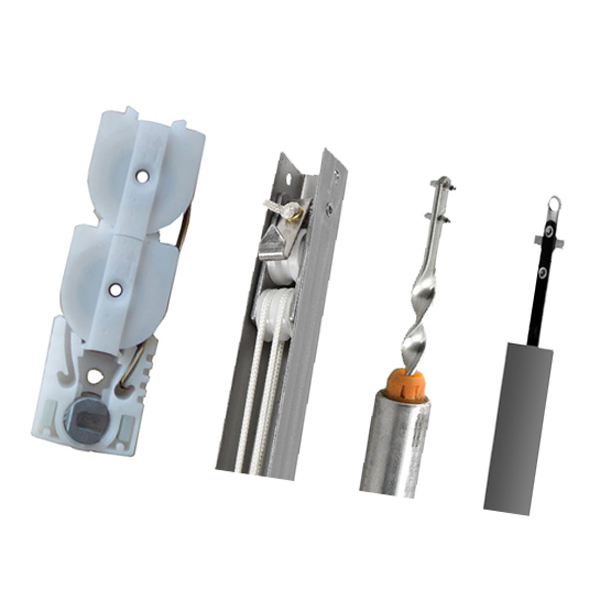A Window Balance Info Guide

Hidden within your window there is a system known as a window balance that makes it easier for you to open and close the window, which also helps hold it open and prevents it from slamming shut in the frame.
It’s called the window balance, and if you’re having a hard time opening your window, the window gets stuck in the frame, or it slams violently shut once it’s been opened, you may need a window balance replacement.
But before you can get there, you need to understand what you’re looking at. This short guide will help break down some of the details.
What Is a Window Balance?
To keep things as basic as possible, a window balance is a component (or a system with several components) that’s hidden within the window frame, and which provides a counterweight or tension to assist the user in overcoming the weight of the window while opening.
In other words, window balances help counterbalance the weight of the window (hence the name) making it easier to open and close.
Types of Window Balances
There are many different types of window balances out there, some of the most common of which will be covered here.
• Block and tackle window balances: These are among the most common types of window balances and consist of a cord, spring, and series of pulleys that provide the users with a mechanical advantage when opening or closing. The springs are weighted to match the weight of the window sash, and the pulleys compound the force to offset the weight of the window as necessary.
• Spiral window balances: Another common type of window balance, spiral balances consist of a spiral rod connected to a spring which is housed inside of a metal tube. The spring provides tension to offset the weight of the window sash, and as is the case with block and tackle balances, must be matched.
• Coil spring window balance: Coil spring window balances contain a coiled spring and are designed to provide a constant tension to provide force to offset the weight of the window.
• Clock spring window balance: Clock spring window balances are an iteration of coil spring balances that also help make it easier for the user to open the window. The tension of the spring provides the force necessary to offset the weight of the window.
There is one other type of window balance called a weight and pulley balance, which literally consists of weights connected to a rope, which help balance the weight of the window. Since these are dated and not as common today, we won’t focus on them here.
The reason it’s critical to be familiar with these main types of window balances is that, if you’re looking for a window balance replacement, you need to know what you have and what’s compatible with it.
Is the Window Balance Stamped?
Block and tackle window balances are among the most common types of balance, and they are often stamped, so getting a window balance replacement for this style means you should be familiar with these stamps and how to read them.
Most block and tackle window balances are stamped according to an XX-X or XXXX configuration, for instance, 13-4 or 1340. The first number indicates the length of the balance; it is one integer shorter than the actual length of the balance in most cases, so a balance marked 13-4 would be 14” and one marked 14-4 would be 15”. Then also in some cases it could be marked 14-4 and be also be 14", so its always good to double check the lenght of the metal chanel only, not including the end brackets.
The second number tells you the weight range, and though you don’t need to know what the actual weight is in terms of pounds or force, you need to match the number to its replacement. So, for instance, if it is marked “40” your replacement should be as well.
Special Notes for Block and Tackle Window Balances
There is one more thing to consider with respect to block and tackle window balances, which will be brought to attention here only because of how common they are.
What we are talking about are guides. There are some block and tackle balances that have them, and their presence is central to function. Will be found in non-tilt window applications.
Ultimately, the guides present on some block and tackle window balances, and which are typically made of some polymer like nylon, attach to the side of the frame and provide support for the pulley system within the balance.
The presence of these guides help prevent the pulleys, cord, or chain present from rubbing against the window frame and guide the balance in the track, which can cause jamming or sticking, or which can in a worse case cause abrasion which will damage the frame or shorten the life of the balance.
For what it’s worth, these guides can also reduce the noise of operating the balance, resulting in a smoother-operating window that is more enjoyable to use.

Here for a Window Balance Replacement?
The matters covered here are critical to ensuring that when it comes time for you to buy and install a window balance replacement, you get one that is compatible with your window and has the features needed to result in a pleasant user experience.
If you have questions about window balance replacements, how to actually replace them, or what any markings mean, feel free to get in touch with us directly at 727-386-4629. You’ll be able to get a real human on the phone and we’ll help you find what you need.
- 0 items
